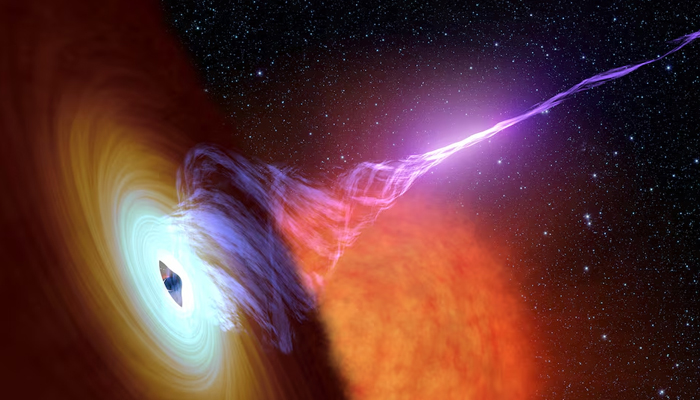Experts studying star astonishingly discover supermassive black hole
Gaia BH3 resides in the constellation of Aquila
April 16, 2024

Astronomers in their new study discovered surprisingly the largest stellar black hole of our Milky Way galaxy Gaia BH3 located at a distance 2,000 light-years away from Earth, beating the earlier supermassive celestial object Cygnus X-1.
The discovery was made possible by the European Space Agency’s (ESA) mission Gaia which has been functional since 2013, according to the findings published in the journal Astronomy and Astrophysics Monday.
The earlier supermassive black hole weighed 21 times the mass of our Sun, however, the recently discovered stellar giant is way bigger; equal to 33 times that of our star.
The Gaia BH3 resides in the constellation of Aquila.
An astronomer from the Observatoire de Paris and the team lead Pasquale Panuzzo told Gizmodo: "When I saw the results for the first time, I was convinced there was a problem in the data. I could not believe it. Now, I feel I’ve really done the discovery of my life!"
Scientists were aware of the star revolving around BH3, however, they were completely amazed at its companionship with a massive stellar black hole.
Black holes are massive objects in space that are nearly at the centre of every large galaxy.
They also form when a star dies of its own weight. These objects have so much gravitational pull that nothing in their event horizon can escape, even light.
There is another larger black hole Sagittarius A* at the galactic core, with a mass of four million times our Sun but it was not formed by a stellar collapse but likely grew large by the merger of other small black holes and absorbing material over millions of years.









